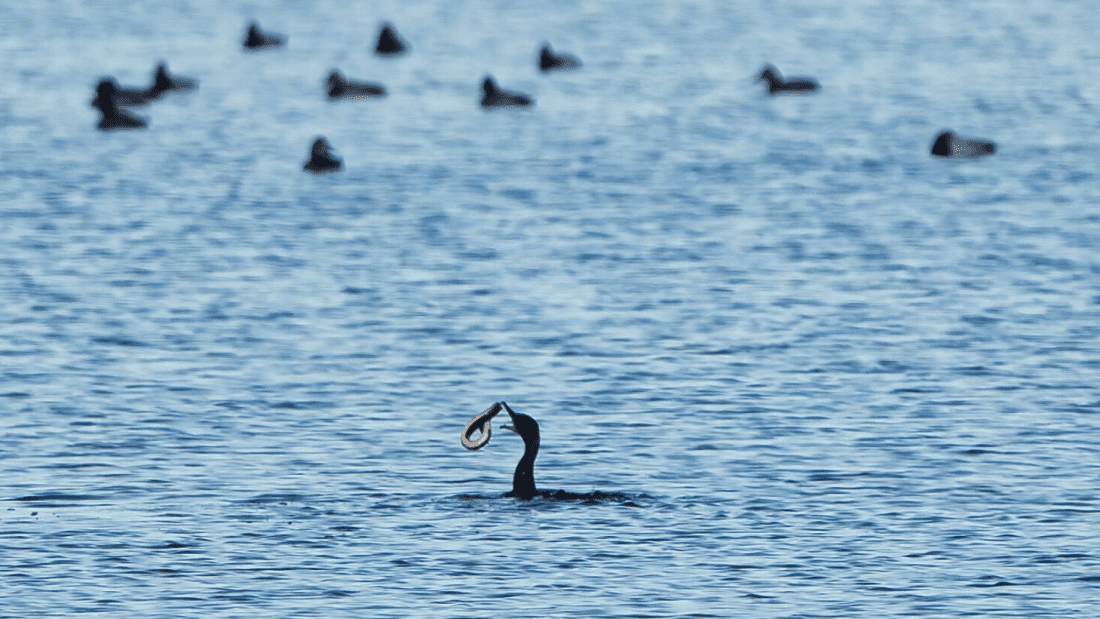It’s possible to love both scientific validity and the idea of hypothetical beasts, which is exactly why our eyes went out on stalks when we spotted a new preprint that explores the theory that Loch Ness Monster sightings might actually have been European eels. The “eel hypothesis” suggests that particularly large Anguilla anguilla might be enough to trick the eye into thinking you’d seen a mythical, loch-dwelling animal, but do the stats on eels back up the theory?
The Loch Ness Monster’s size estimations range from around 1 to 2 meters (3.3 to 6.6 feet), based on the Surgeon’s Photograph, and 15 to 20 meters (49 to 66 feet), based on the Flipper Photograph. The preprint authors note that estimations about Loch Ness’s biomass don’t really tie in with the larger of the two proposed sizes, and Carl Sagan’s work into collision physics could be translated to imply that if Nessie was on the smaller side, there might be several contained within the body of water.
“Thus, if there are any, there may be many,” wrote the authors. “If it’s real, could it be an eel?”
To find out, the researchers looked at catch data from Loch Ness to ascertain the number of eels and their average body sizes when they were pulled from the enormous body of water. It revealed that the distribution is skewed towards the smaller A. anguilla sizes, leading them to conclude that your chances of finding not just an eel, but a large one (minimum 1 meter) in the loch are about 1 in 50,000.
“However, this is not quite the ‘monster postulated,” explained the authors. “Indeed, the probability of finding a 6-meter [20-foot] eel in Loch Ness is essentially zero; too low for the software used to provide a reliable estimate.”
“Thus, while large eels may account for some eyewitness sightings of large, animate objects rising to the loch surface, they are unlikely to account for ‘sightings’ of extraordinarily large animals, which may instead be accounted for by wave phenomena, the occasional stray mammal, or other.”
Pretty unlikely, then, but where did the eel hypothesis come from?
In the 1970s, a scientific slip up led biologist Roy Mackal to conclude that massive eels might well exist in the loch after collecting a skewed sample from baited traps. It’s not a completely ridiculous leap when you consider the defining features of Nessie: a head sat atop a long, slender neck, extreme flexibility, a sect of pectoral fins, and dark coloration.
Mackal was also far from alone, as other naturalists suggested that mega-eels may migrate transiently to the loch from the River Ness. Meanwhile, a 2018 eDNA study found bucketloads of A. anguilla material, possibly pointing towards big, girthy eels.
But alas, if the preprint’s findings endure, it seems this particular mystery can’t be pinned on “super” eels. Now, who’s going to tackle the possibility of a giant earthworm?
The preprint has not been certified by peer review and was shared in bioRxiv.
Source Link: Can "Super" Eels Explain Loch Ness Monster Sightings?
